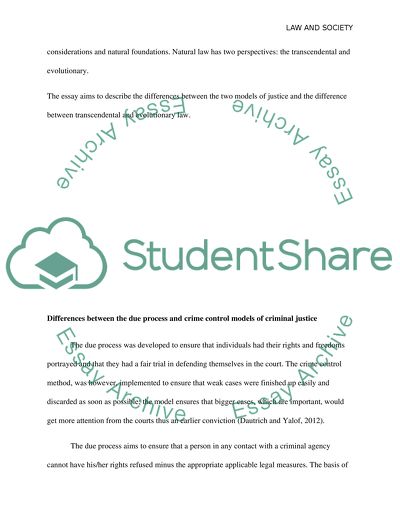Cite this document
(“Final paper Essay Example | Topics and Well Written Essays - 1250 words - 8”, n.d.)
Final paper Essay Example | Topics and Well Written Essays - 1250 words - 8. Retrieved from https://studentshare.org/law/1665109-final-paper
Final paper Essay Example | Topics and Well Written Essays - 1250 words - 8. Retrieved from https://studentshare.org/law/1665109-final-paper
(Final Paper Essay Example | Topics and Well Written Essays - 1250 Words - 8)
Final Paper Essay Example | Topics and Well Written Essays - 1250 Words - 8. https://studentshare.org/law/1665109-final-paper.
Final Paper Essay Example | Topics and Well Written Essays - 1250 Words - 8. https://studentshare.org/law/1665109-final-paper.
“Final Paper Essay Example | Topics and Well Written Essays - 1250 Words - 8”, n.d. https://studentshare.org/law/1665109-final-paper.


